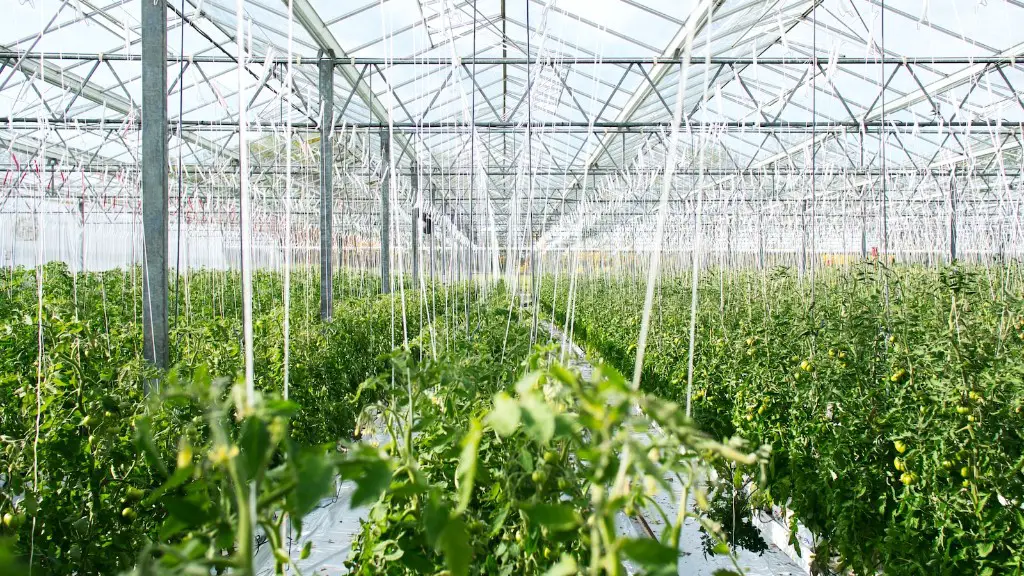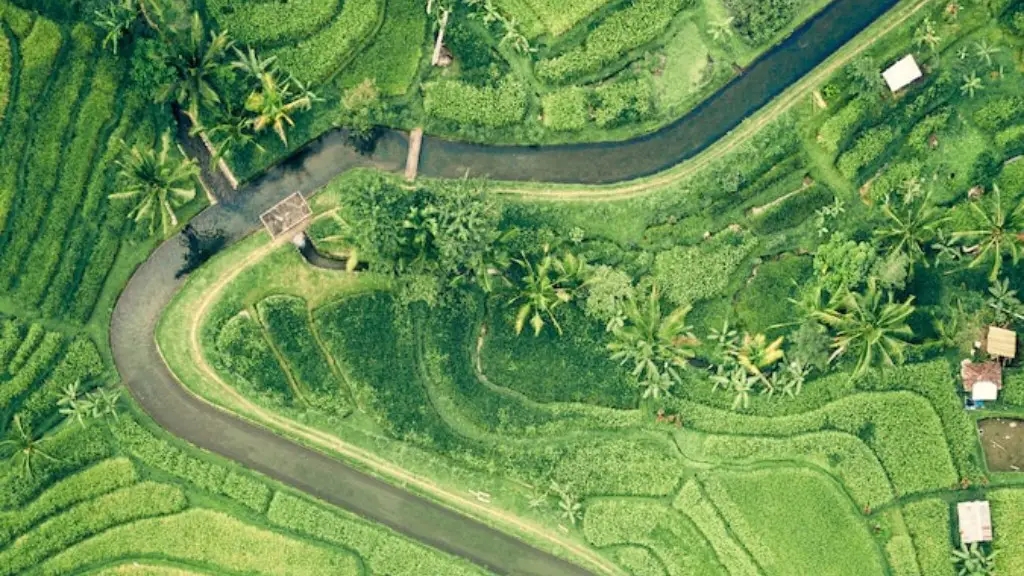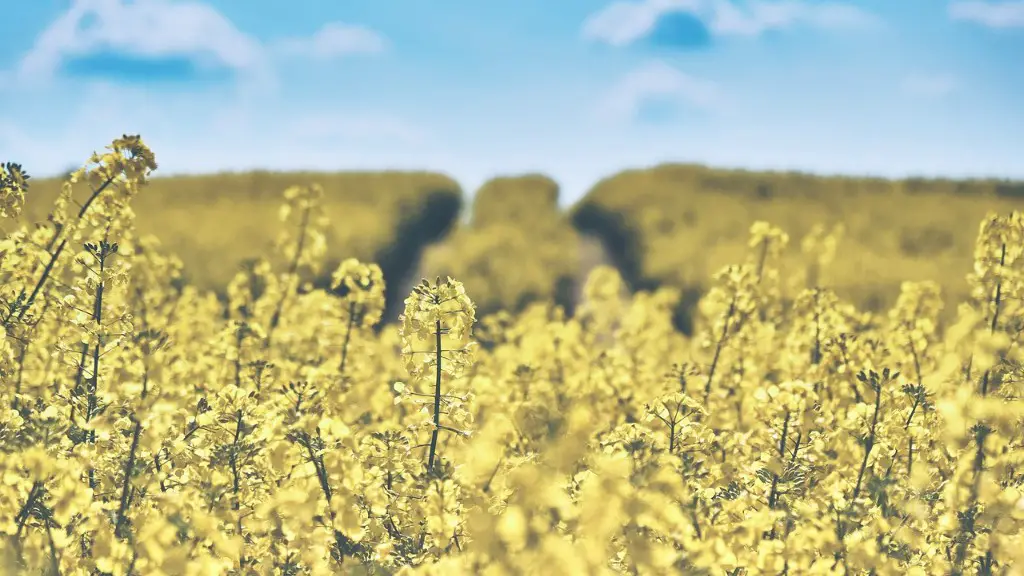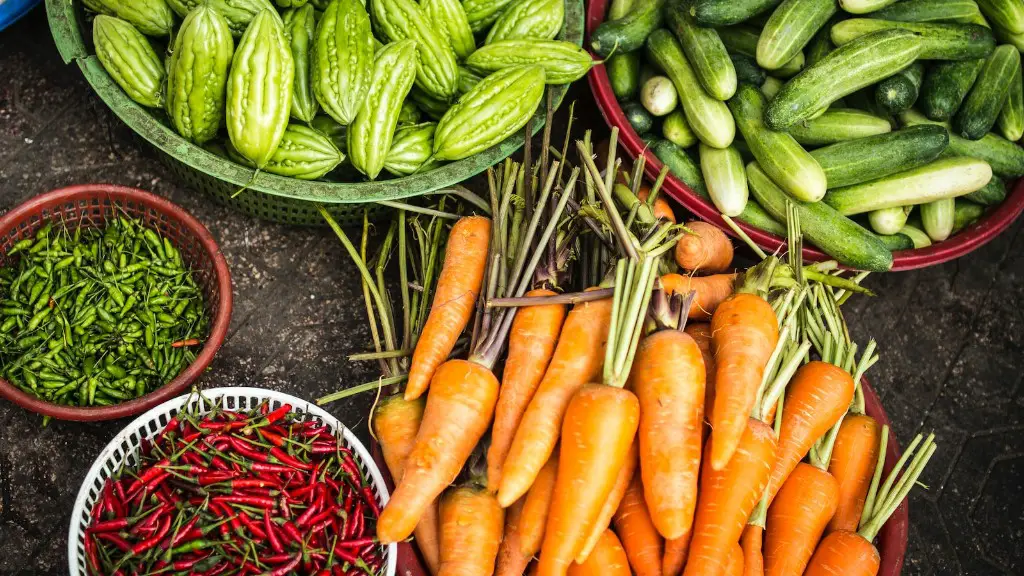In agriculture, adaptation is the process of making changes in response to new information or conditions. For example, a farmer might adapt their planting schedule in response to a change in the weather. Or, a new type of crop might be introduced that is better suited to the area’s climate.
There are many ways to adapt agriculture to climate change, including:
-Irrigation: using water from rivers, groundwater, or rain to water crops during dry periods
-Drought-resistant crops: planting crops that can withstand extended periods of drought
– crop rotation: growing different crops in different years to take advantage of different rainfall patterns
– data-driven decision making: using data and technology to make decisions about planting, watering, and harvesting
What does adaptation mean in agriculture?
Climate change adaptation in agriculture refers to the farmers’ or agriculture sector’s response to the impact of climate change on their production. The goal of adaptation is to reduce the risk and vulnerability of the sector to climate change, while also taking advantage of any new opportunities that may arise.
There are a number of different management practices that can be adopted in order to adapt to climate change. For example, farmers may choose to plant different crops that are more resilient to changes in temperature or rainfall patterns. They may also change the timing of their planting and harvesting activities in order to better match the new climate conditions. Additionally, they may adopt new irrigation or water-conservation practices to deal with changes in water availability.
It is important to note that adaptation is not a one-time event – it is a continuous process that must be regularly revisited and updated in order to keep up with the ever-changing climate. Farmers will need to continually assess the conditions they are facing and make adjustments to their management practices accordingly.
Agricultural adaptation is the process of making changes to farming practices in order to better suit the local environment. Possible agricultural adaptations include changing crop locations; for example, seeking out higher elevation environments and cooler microclimates. Other adaptations might involve changes to irrigation practices, planting and harvest schedules, and the use of different crop varieties.
What are the adaptation resources for agriculture
There are a variety of adaptation strategies that can be used to help farmers deal with the effects of climate change. Some of these strategies involve changes to farm production practices, while others involve changes to farm financial management, farm infrastructure, or new technological developments. Additionally, there are a number of government programs and insurance options that can help farmers with adaptation.
Crop adaptation is determined primarily by genotype-environment interaction, the suitability of a crop to a particular region depending largely on the climatic features of the region in relation to the requirements for normal growth and development of the crop. In order for a crop to be successfully adapted to a region, the crop must be able to tolerate the prevailing climatic conditions while also meeting the needs for normal growth and development.
What is a short definition of adaptation?
An adaptation is a modification of an organism or its parts that makes it more fit for existence. An adaptation is passed from generation to generation.
All biologists agree that organismal traits commonly reflect adaptations. This means that the traits help the organism to survive and reproduce in its environment. For example, the long necks of giraffes help them to reach leaves in the tops of trees. The streamlined bodies of aquatic fish and mammals help them to move easily through water. The light bones of flying birds and mammals help them to fly. The long daggerlike canine teeth of carnivores help them to kill and eat other animals.
What are the 3 types of crop adaptation?
Structural adaptations are changes to a plant’s physical structure, such as its leaves, roots, or stems. These adaptations help the plant to survive in its environment by providing support, water storage, or protection from predators.
Behavioral adaptations are changes in a plant’s behavior, such as its flowering or fruit ripening, that help it to survive in its environment. These adaptations help the plant to attract pollinators, deter predators, or manage its resources.
Physiological adaptations are changes in a plant’s physiology, such as its photosynthesis or water uptake, that help it to survive in its environment. These adaptations help the plant to tolerate drought, extract nutrients from the soil, or resist disease.
Behavioural adaptations are responses made by an organism that help it to survive or reproduce in a particular environment. Physiological adaptations are body processes that help an organism to survive or reproduce in a particular environment. Structural adaptations are features of an organism’s body that help it to survive or reproduce in a particular environment.
What is adaptation to climate change in agriculture
Climate change adaptation for agricultural cropping systems requires a higher resilience against both excess of water (due to high intensity rainfall) and lack of water (due to extended drought periods). One possible way to achieve this is through the use of irrigation systems that can be employed during periods of both excess and lack of water. Another adaptation strategy that can be used is the planting of drought-resistant crop varieties.
There are many different adaptations that help animals thrive in the dark. One adaptation is owl ears, which can help them pinpoint prey. Another adaptation is bats, which can socialize using soundwaves. Snakes can see in infrared, which helps them sense their prey. Lanternfishes can communicate using light, which helps them find their way around in the dark. Spider legs are another adaptation that helps them sense vibrations and sound, which helps them avoid predators.
What are the 4 major adaptations of plants?
All terrestrial plants share four major adaptations: the alternation of generations, a sporangium in which the spores are formed, a gametangium that produces haploid cells, and apical meristem tissue in roots and shoots. These adaptations allow plants to reproduce and spread through their environment, ensuring the continuation of their species.
Structural adaptations are changes to the physical structure of an organism that help it to survive in its environment. Behavioural adaptations are changes in the way an organism behaves that help it to survive in its environment. Physiological adaptations are changes in the way an organism’s body functions that help it to survive in its environment. Coadaptation is the process by which two different species evolve to become mutually dependent on each other for survival.
What is product adaptation example
Product adaptation is an important strategy for companies looking to expand into new markets. By modifying their existing products to fit local needs, they can avoid the expense and risk of developing new products from scratch. However, it is important to ensure that the adapted product still meets the needs of the target market and is not simply a stripped-down version of the original.
Adaptations make it easier for plants to survive in their specific habitat, and reproduce, passing those traits on to their offspring. All plants, no matter where they grow, are adapted to certain conditions, which can include temperature, available water, soil type, and interactions with animals and other organisms. By being adapted to their environment, plants are more likely to survive and produce offspring that can also survive in that environment. This increases the chances that the species will continue to exist over time.
What is the importance of crop adaptation?
The use of adapted crops and varieties is suggested by the United Nation’s Food and Agriculture Organization (FAO) among the climate-smart practices for risk reduction, soil and water conservation, and efficient water management. This includes using crops and varieties that are resistant to drought, floods, or other extreme weather events. This practice can help to reduce the risks associated with climate change, and help to conserve resources such as water and soil.
An adaptation is a work that is based on another work. It can be a book, movie, play, etc. that is changed so that it can be presented in another form. An adaptation can be a success if it is done well.
Final Words
The process of adapting crops and livestock to local conditions is called adaptation in agriculture. This process can includes changes to the plants and animals themselves, or changes to the way they are grown or raised.
Adaptation in agriculture refers to the process of modifying a farming system to suit the specific conditions of the natural environment in which it is located. This can involve changes to the crops grown, the soil and water management practices used, and the way in which the farm is operated. adaptation is important in agriculture because it can help to improve yields, reduce the likelihood of crop failure, and make farms more resilient to environmental stresses such as drought.





